Thick Description (Abduction)
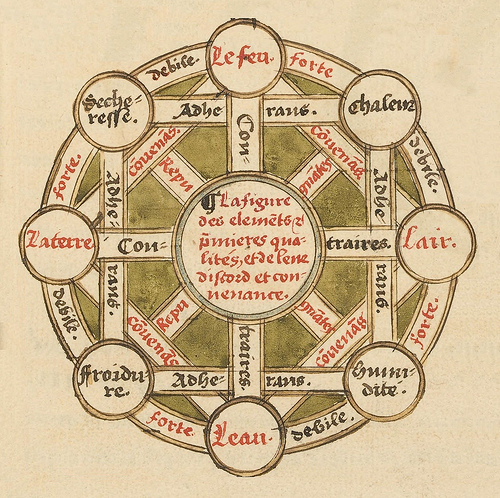
This is the fifth post in a series demonstrating the process via which Semiovox’s interpretative inquiry produces insights and inspiration — richer and deeper than what consumer research alone can provide — regarding a product category’s or cultural territory’s unspoken meanings.
In this series’ previous post, we demonstrated how Semiovox employs deductive reasoning, in the course of a Real Food audit. By way of example, we deduced a single Real Food paradigm (one of eight determining nodes in an as-yet-uncharted meaning-map), as well as the paradigm’s two thematic complexes. There’s a lot more deductive work to be done. But our audit’s thick-description phase can’t get us to our goal — a Real Food meaning-map providing a useful, strategic model of the complex tangle of ideas, values, and higher-order benefits expressed (via visual, verbal, and sensorial cues) within the category — via deduction alone. In this post, we’ll describe how the thick-description phase of a Semiovox audit also entail using abductive reasoning to identify codes, and plot them accurately vis-à-vis one another.
First, however, we’ll pause to address an underlying philosophical question about the very nature of knowledge.
A note on Semiovox’s unique approach: Each of our audits surfaces eight paradigms, paired into four binary codes. (A semiotic code is always a binary opposition — two paradigms, each of which is defined in and through its opposition to the other.) Each paradigm is composed of two contrasting thematic complexes; each of these complexes is dimensionalized by source codes (aka signs); and each source code is composed of a norm and a unique visual/verbal form which brings that norm to life. Our methodology involves first identifying source codes from within the stimuli we’ve researched, then — through our meta-analysis of these signs — building a theory about the matrix of meaning which, operating below the level of daily consciousness, enables members of a culture to intuitively “make sense” of everything from brand communications to pop culture, social media, and retail spaces.
Knowing what we know
Much of our knowledge — the knowledge which most deeply influences our actions — is not self-present or self-conscious. Meanings (in the context of this audit: Real Food meanings) aren’t something that we consciously invent, even though we may imagine that we do. Instead, meanings are produced in social life, every day, through our interactions with advertising, packaging, journalism, supermarkets, TV, social media, and one another. Which is not to say that we all respond in exactly the same way to advertising, packaging, journalism, supermarkets, TV, social media, and one another. Nor is it to say that we are brainwashed dupes, that we entirely lack agency, that we are incapable of deciding for ourselves what things mean to us. People make sense of words, tonality, images, colors, type treatments, facial expressions, pack design cues, music, contexts, stories, and other means of communicating (in this case) Real Food norms differently; however, there exists a limit to how differently we can do so.
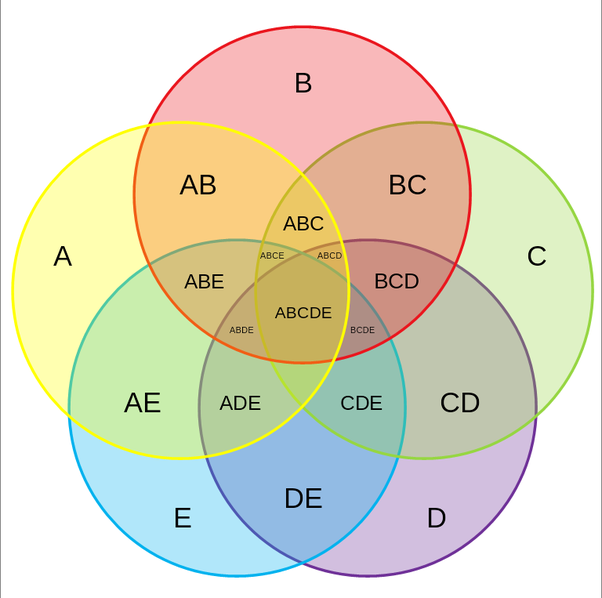
Belonging to a particular culture (in the case of this audit, for example, speaking generally it it’s the United States, while more specifically it’s the “tribe,” or nation-within-a-nation of Real Food-oriented US consumers) involves absorbing, internalizing that culture’s framework of meaning without consciously doing so. So who creates this cultural framework? Not just marketers, journalists, TV writers, etc., though they play an important role; this is, if you will, a conspiracy without conspirators. We all inherit the same framework, and throughout the course of our lives, we participate — “voting” with our feet, pocketbooks, social media, etc. — in tweaking it, then passing an updated version of it along. So when it comes to Real Food, say, our sense-making process — that is, the way we “make sense” of brand communications and other stimuli — is guided by this culturally pervasive framework of meaning. Although no metaphor (including “framework”) is adequate to describe it, Semiovox thinks of this semi-unobservable, entirely unquantifiable, ever-evolving phenomenon as a network, web, or matrix.
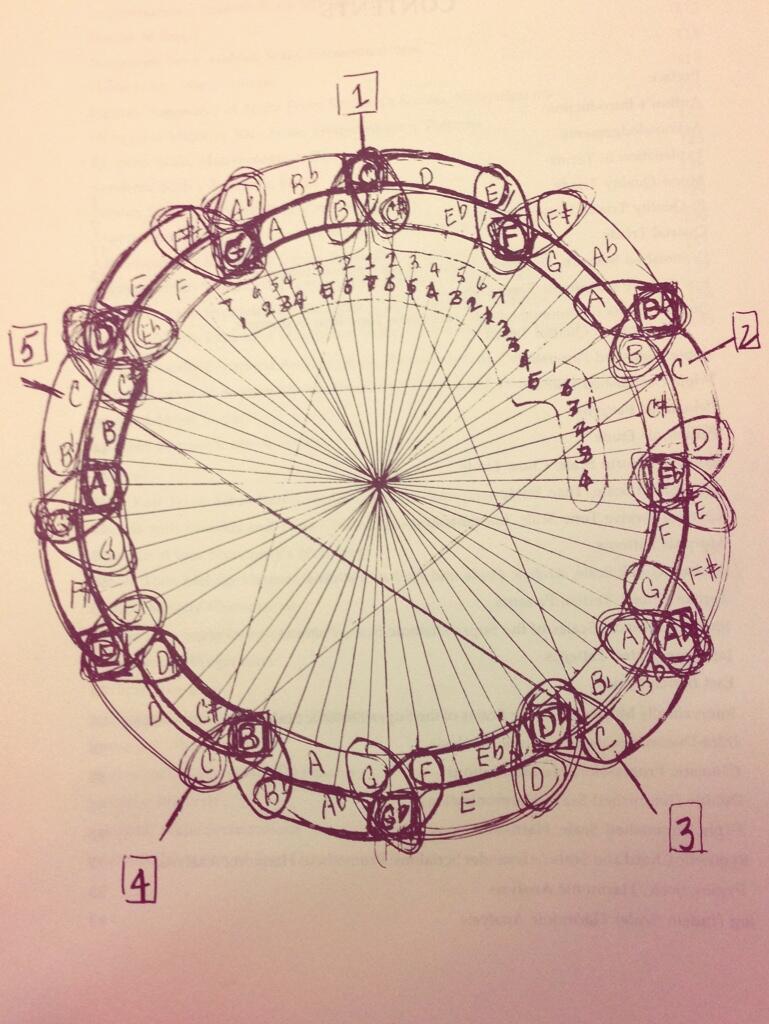
To reiterate, our sense-making isn’t entirely constrained. When it comes to deciding whether a particular Real Food package or advertisement, say, is relevant and engaging, we do have some choice, some agency. But mostly, this “decision” isn’t a conscious one; it’s an intuitive one. And our intuition is shaped and guided (to use more inadequate metaphors) by a Real Food meaning-matrix. Which is itself a component in a larger web of matrices.
Intuition is a lightning-fast process that gives us the ability to know something directly without analytic reasoning — by bridging the gap between the conscious and nonconscious parts of our mind. This is a very useful trait; if we stop to think every single decision through analytically, we’d never get anything accomplished and life wouldn’t be very fun. (Think of how impatient Captain Kirk and Dr. McCoy are with poor Mr. Spock.) Intuition shapes our sense of reality — not just how we think about reality, but how we perceive it. So although it’s possible, via consumer research methods, to get a sense of what people’s intuitions are… the how and why remain elusive. People don’t know everything they know.
The shape of intuition
However, one thing we understand about intuition is that it would be haphazard and chaotic without some sort of structure; though customized to each individual, there are some culturally universal aspects to this structure. Culture is possible thanks to this implicit, guiding (though not entirely determining) structure… the “shape” of which is fantastically complicated. In the process of developing culture itself, our proto-humanoid ancestors developed unspoken, implicit matrices of meaning that guide intuition. Matrices within matrices within matrices, to be more precise. These may have evolved over time, but they’re still with us today. Each culture has a matrix for every occasion; these myriad matrices overlap, support one another in fascinating ways, and also compete. The overall concatenation of meaning-matrices (what Umberto Eco calls the Universal Semantic System) will never be mapped, or even adequately conceived of; we can only discuss it via an apophatic approach. The goal of a Semiovox audit is far humbler: depicting a single matrix, via a meta-analysis of signs surfaced via induction from an adequate stimulus set.
If the Real Food matrix (in our example) exists in the collective unconscious of Real Food consumers, then why not use consumer research to surface and dimensionalize the Real Food matrix? Why take a semiotic approach?

Semiovox projects typically incorporate consumer research; in fact, we formed our company in order to pioneer methods of merging these two approaches. (The modules we’ve developed will be discussed in a future series.) We don’t believe that semiotic (meta-)analysis alone provides all the tools needed to make smart brand-strategy decisions. That said, no matter how incisive and/or empathetic our consumer research tools may be, the most we can ask consumers to do is to articulate what things (e.g., advertising, packaging, retail experiences, etc.) mean, to them… but not how or why those things mean what they mean. Even the what is suspect, really. Because people — consumers, you, me — don’t know everything they know. If we ask them whether they like a particular Real Food ad, pack design, color scheme, type treatment, tonality, tag line, logo, etc., whether they find it relevant and engaging, whether it would help drive brand loyalty or a point-of-purchase decision to move the product from shelf to cart, they’ll tell us “yes” or “no,” instinctively. Fine. But if we ask how the ad, pack design, color scheme, type treatment, tonality, tag line, logo, etc., means what it means, not to mention why they find something relevant and meaningful, they’ll begin to rationalize their instinctive response. Believing themselves to be reasonable people who make conscious decisions, or at least wanting to project the image of a reasonable person, they’ll provide justifications and reasons. Which may (or may not) be interesting — but these justifications and reasons will, at best, amount to thin description.

When confronted by a Kind Bar wrapper, a Fork in the Road package, a Tillamook commercial, or a Stonyfield social media post, you and I don’t puzzle over it, we don’t consciously decide whether it’s relevant or engaging… we just know how we feel, intuitively. Our intuition is guided by a Real Food meaning-matrix that we’ve inherited and internalized, simply being part of a particular culture during a particular era. Which is why, although inductive and deductive reasoning have provided our Real Food audit with key insights, thus far, our audit will now begin to rely on abductive reasoning (also known as abduction) as well. Abduction, as explained below, is a form of ratiocination that doesn’t exclude intuition, imagination, creativity. Going forward, although we’ll continue to rely on deduction as we identify the remaining paradigms, and their thematic complexes, we’ll also incorporate intuition, imagination, and creativity.
Is Semiovox’s methodology a science or an art, objective or subjective? Yes.
Decoding
One often finds the semiotic methodology described as “decoding.” It’s a catchy phrase, but one which really only applies to the abductive phase of a semiotic audit. Surfacing and identifying source codes (signs) during our audit’s inductive, thin-description phase, then deducing paradigms and their thematic complexes at the beginning of — and throughout — our audit’s thick-description phase, have provided us with the tools we’ll require to crack the Real Food code. However, to decode is to painstakingly reconstruct the secret “key” that alone can “unlock” (i.e., make intelligible, reveal the meaning of) coded communications. Our meaning-matrix will serve as that key — a complex and multifaceted key appropriate to the infinitely complex, infinitely multifaceted culture of Real Food.
We’re equipped to summon that key into existence, now — thanks to the hard work of this audit’s earlier phases. In this series’ previous post, we demonstrated how we were able to deduce not only the existence of a sample Real Food paradigm (Innovative Farmer) but two thematic complexes (Sustainable Methods and Farming 2.0) within that paradigm. This deductive phase was made possible by the work accomplished during our inductive (thin-description) phase, which was preceded by our stimuli research and stimulus set design. We still have more deductive work to do — working our way from the source codes to their underlying paradigms and thematic complexes. To that end, we’ll keep sifting through our remaining 35+ Real Food source codes — endeavoring to deduce which of them cluster together into meaningful groups, thus providing clues leading us to (seven) additional Real Food paradigms and their thematic complexes.
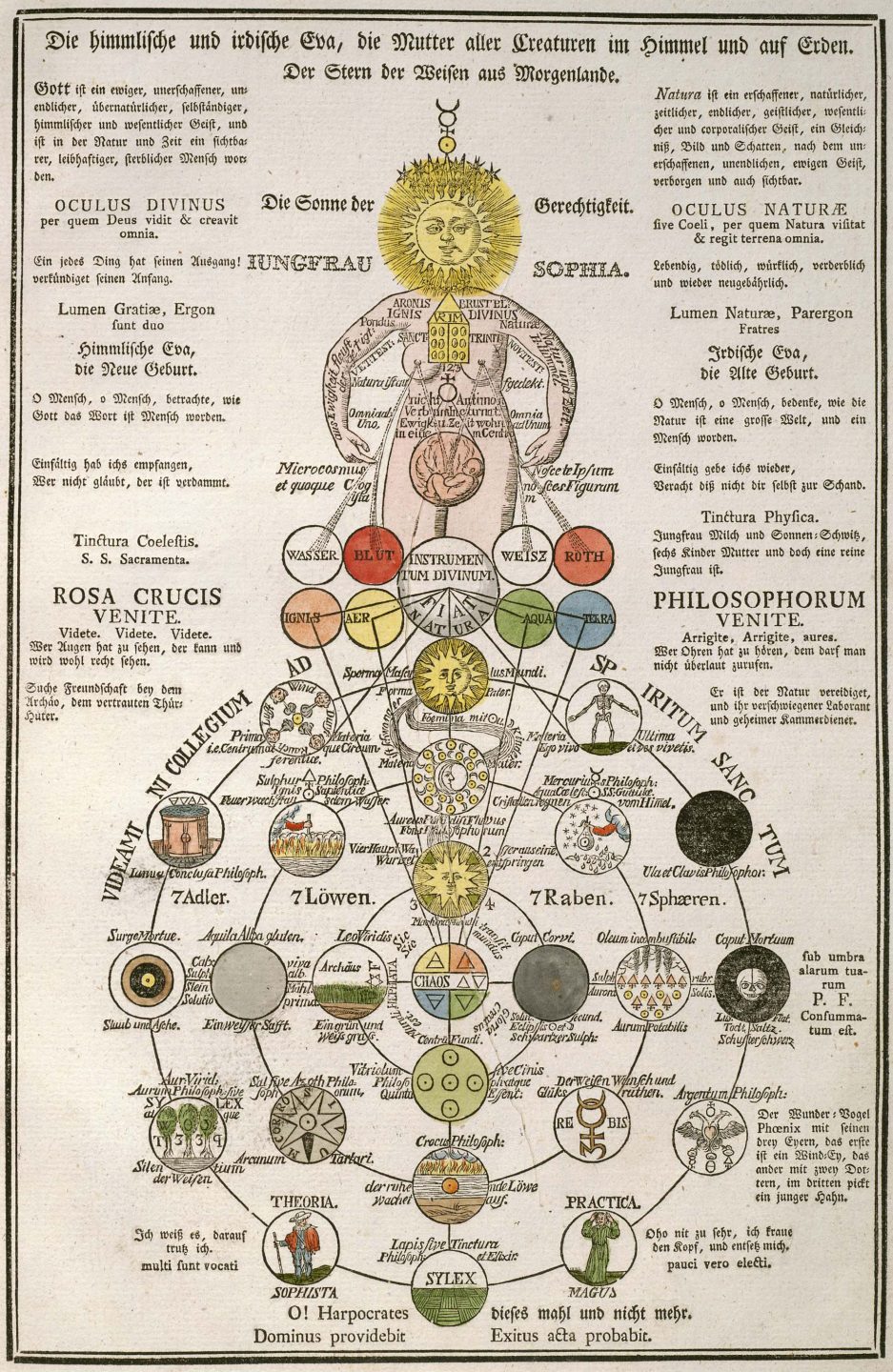
Let’s imagine that we’ve finished identifying all eight Real Food paradigms and their thematic complexes (two per paradigm, sixteen total). Hypothetically, we might name them as follows, in no particular order: Innovative Farmer (thematic complexes: Sustainable Methods, Farming 2.0), Quantified Self (Primal Win, Never Satisfied), Groovy Farmer (Home Cooking, Made With Love), Hipster Foodie (Modern Style, Bullshit Detector), Globetrotter (Uplifting Inspiration, New Perspectives), Basic Farmer (Farm Tradition, American Values), Groovy Life (Next-Level Happy, Magically Easy), and Activist (Constant Vigilance, Next-Level Discoveries). We’re very close, now, to summoning our Real Food meaning-map into being. Our next puzzle, then, is: How do these eight Real Food paradigms pair off into four binary oppositions (i.e., our four Real Food codes)? Once we’ve (tentatively, as always) identified our four codes, we’ll be ready to ask how these four codes fit together into a bounded, cohesive, self-standing matrix.
Then staid the fervid wheels, and in his hand
Milton, Paradise Lost
He took the golden compasses, prepared
In God’s eternal store, to circumscribe
This universe, and all created things:
One foot he centred, and the other turned
Round through the vast profundity obscure
It’s a painstaking process, but for a good reason. We’re not looking to create a back-of-the-napkin chart whipped up by a consultant in 30 seconds, but rather a durable meaning-matrix that (to paraphrase Philip K. Dick’s description of “world-building”) won’t fall apart two days later.
Hermeneutic Circle
Before we proceed, it’s important to note that this step-by-step process, as described here, isn’t actually how we work. In fact, an audit’s thick-description phase is a messy process — frustrating, even mind-boggling.
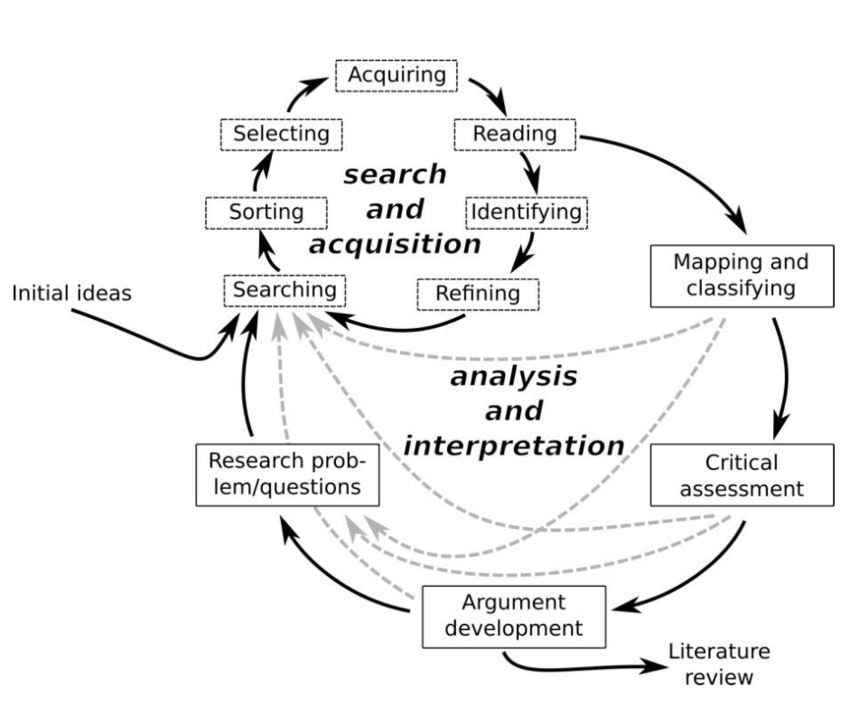
We might deduce several paradigms, and some (but not all) of these paradigms’ thematic complexes, and then get stuck. To get unstuck, we’ll try plotting these paradigms and complexes into a rough, fragmentary meaning-map. In doing so, we’ll get some aha! insights into what the missing paradigms and thematic complexes might be. However, as we work on filling in those blanks — by revisiting our source codes — we’ll typically realize that several of our source codes now require rethinking, in light of the paradigm/code theory we’ve begun to construct. As we rework our source codes, we’ll also realize that some of the initial paradigms and thematic complexes we’d hypothesized also require reworking. And we didn’t plot them correctly, or not entirely correctly, in our first attempt to construct a meaning-matrix. This back-and-forth process, in which our developing theory about codes and how they fit together influences our understanding of the “facts” (i.e., source codes) we’d acquired via inductive reasoning, as well as our understanding of the paradigms and thematic complexes we’d deduced before we began developing our theory, and at the same time our new understanding of the source codes, thematic complexes, and paradigms influences our theory, is very complex. It’s the most complex part of the entire process. Technically, this sort of circular-interpretation process is known as hermeneutics.
Although we call our methodology semiotics, it’s a combination of semiotics and hermeneutics. And anthropology, too, specifically the semiotics- and hermeneutics-driven ethnographic methodology of Clifford Geertz. Hermeneutic interpretation moves from facts arrived at via the inductive method — in Geertz’s case, field notes gathered via his ethnological research in Bali and elsewhere; in our case, “source codes” [signs] discovered within a stimulus set — to structure (a hypothesized meaning-matrix), and back again. Repeatedly. It’s a messy, frustrating process that produces an elegant, persuasive model of how meaning works within a particular space (in our case, Real Food). We call it semiotics, for short.
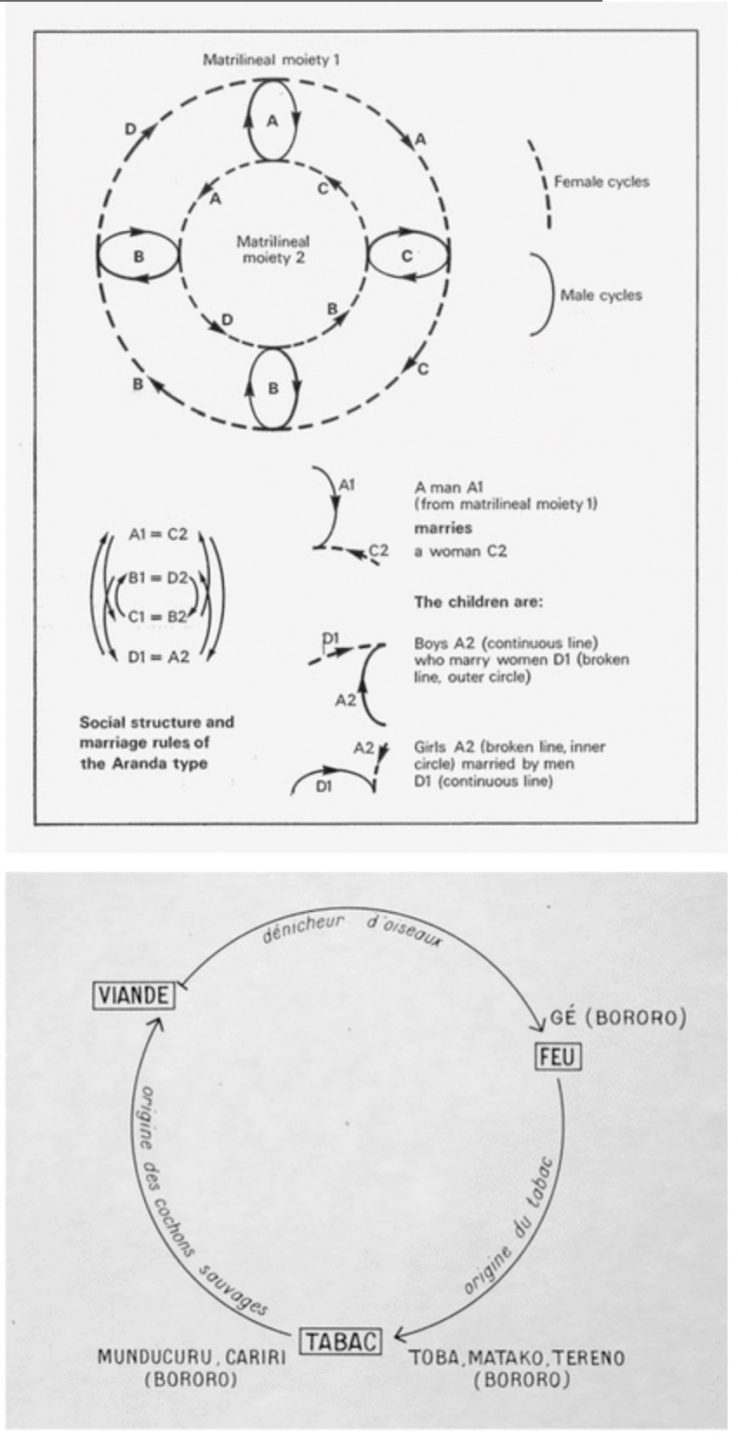
In fact, the matrix produced by this sort of structuralist analysis is so elegant and persuasive that it too often leads egotistical analysts into believing that they’ve discovered some grand theory of culture. Geertz was indebted to Lévi-Strauss’s structuralist approach, but rightly lamented that the French anthropologist had gone too far, devising an “infernal culture machine,” i.e., a reductive formula claiming to account for every aspect of culture, everywhere in the world. Let’s be hermeneutic, not egotistical!
Hermeneutics keeps you humble: the more you learn, the more you realize how little you know. Properly understood, there is no end to hermeneutic interpretation; an ever-widening spiral is perhaps a better metaphor than a circle. Although our meaning-matrix may in some superficial ways resemble some of the arcane and mystical diagrams featured in this post, we’re solidly rooted in reality. Semiovox’s hermeneutic process is constrained — by time, budget, stimulus set, and the client’s limited patience, as well as by our own inclination to practice a flexible and situational hermeneutics, the ambitions of which are strictly limited.
Abduction
The process of abduction is the opposite of the inductive process (described here). “Abduction seeks a theory,” according to the pioneering US semiotician and logician C.S. Peirce, while “induction seeks for facts.” Semiovox’s abductive work begins with a law-like rule — i.e., There are four Real Food codes, each composed of two oppositional paradigms, and these four codes together will form a bounded, cohesive, self-standing matrix. We then consider the heterogeneous fact (deduced during this series’ thick-description phase) that one of our paradigms is Innovative Farmer, itself composed of two thematic complexes, which we’re calling Sustainable Methods (more “farmer”-centric), and Farming 2.0 (more “innovative”-centric). Finally, we ask ourselves what the unknown cause of this fact might be. In this case, for example, we ask: What is the as yet unknown matrix of meaning within which the Innovative Farmer paradigm and its thematic complexes make intuitive sense to Real Food consumers in the US?

We’re not going to go into great detail, here. For the sake of example, however, let’s note that in the process of summoning our Real Food meaning-matrix into intelligible form, we abduced (determined via the abductive method) that the Innovative Farmer paradigm is one-half of our Real Food matrix’s “master code” — that is, the code which is central to understanding how consumers navigate the Real Food space’s brand communications. Why do we feel confident making this bold claim? As we theorize about codes and how they fit together within our matrix, abduction prompts us to boldly generate a variety of promising explanatory conjectures. Instead of aiming to end with a hypothesis (i.e., as with induction), we’re rapidly adopting and discarding hypotheses — not as being true or verified, mind you, but as being a worthy candidates for further investigation. It’s a creative, imaginative stage of the process.
Now, there are plenty of consultants out there, including some who call themselves semioticians, who begin their audits (if you can call what they do audits) with a seemingly bold hypothesis, then look for fact to support it. We don’t consider this a bold approach — it’s lazy. As demonstrated in this series, employing the abductive process is a hard-earned right. Before we abduce, we must struggle through the inductive and deductive processes.
If Innovative Farmer is one-half of our Real Food meaning matrix’s “master code,” according to our hypothesis (tentative, taking on all challengers), then we must now determine what the code’s opposite half is. But there are several codes — e.g., Quantified Self, Groovy Farmer, Hipster Foodie, Globetrotter, Groovy Life — which could be considered the “opposite” of Innovative Farmer. We could also ask: Which thematic complexes are the opposite of the Innovative Farmer complexes Sustainable Methods and Farming 2.0? Again, however, we run into the same problem. (In some audits, the answers to these questions might be immediately apparent; not so, this time.) So we’ll triangulate, instead.
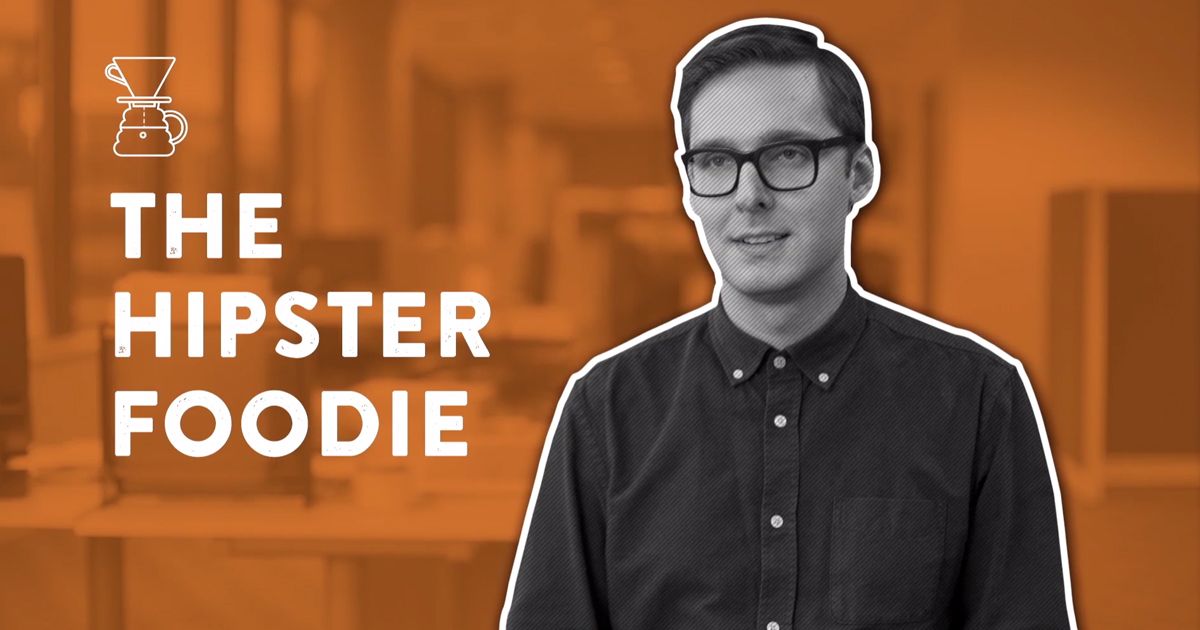
Two codes that we know aren’t opposite to Innovative Farmer are Basic Farmer (which is clearly contiguous to the Sustainable Methods thematic complex) and Activist (clearly contiguous to the Farming 2.0 complex). We now have a map quadrant, composed of the complexes Farm Tradition (Basic Farmer), Sustainable Methods and Farming 2.0 (Innovative Farmer), and Constant Vigilance (Activist). We’ll call this quadrant: Farm Reform. Looking over our remaining paradigms and their complexes, we can discern two other quadrants: Farm Fantasy (ruled by the Groovy Farmer paradigm) and Food Geek (ruled by the Quantified Self paradigm). Aha! We’ve made an important discovery — in the Real Food space, the emphasis on ingredients and food production is balanced by a countervailing emphasis on meals and eating. Our fourth quadrant, we can now say, is Food Adventures — ruled by the Hipster Foodie paradigm, which is the other half of our master code Innovative Farmer vs. Hipster Foodie.
For the rest of this audit’s thick-description phase, as noted above, we’ll toggle back and forth between deduction and abduction. Throughout, we’ll engage in hermeneutic interpretation; as we develop our theory about the codes and the overall meaning-matrix, we’ll refine our understanding of source codes, paradigms, and thematic complexes, and as our understanding of these phenomena evolves we’ll refine our theory too.
This was a long, complex post — but there’s still more to the methodology than what we’ve discussed so far. For example, there’s the question of the fourth code — which Roland Barthes calls the “hermeneutic code,” which will challenge the presumptions of the master code. (That is, it will suggest a two approaches to Real Food that challenge Innovative Farmer vs. Hipster Foodie’s position as master code.) And as those of you who know something about semiotics already may have noticed, we haven’t discussed the Greimas square (aka semiotic square). Also, since the four quadrants we described above are pegged to four paradigms, and since we have eight paradigms, as you might imagine we can identify four alternate quadrants. And if the meaning-matrix encompasses the semiosphere of the Real Food “tribe,” then the quadrants help us discern the tribe’s various clans.
Also! The hermeneutic method demands that we keep testing and refining. Once we’re happy with our overall meaning-matrix, we’ll want to go all the way back to our source codes (signs) and see if we can learn more about them — based on what we know about the thematic complexes, paradigms, codes, and quadrants within which the source codes play. During the course of this project, we’ll adopt and discard many hypotheses, crumple up many sheets of paper, move the many elements of the matrix around, and tweak and re-tweak our titles and descriptions of the source codes, complexes, paradigms, codes, and quadrants. Once we feel that we’ve arrived at the most satisfactory account of how meaning (sense-making) works for consumers in the US Real Food space, we’ll present our learnings to the client. Who will ask us to include additional brand examples, or let us know that some of our source codes are hard to tell apart, or quibble with the way we’ve named the paradigms or codes, quadrants or complexes, etc. We welcome their feedback — there’s always room for improvement.
And so it goes.
For more details on how a meaning matrix works, please see our series on Coronavirus Codes.

